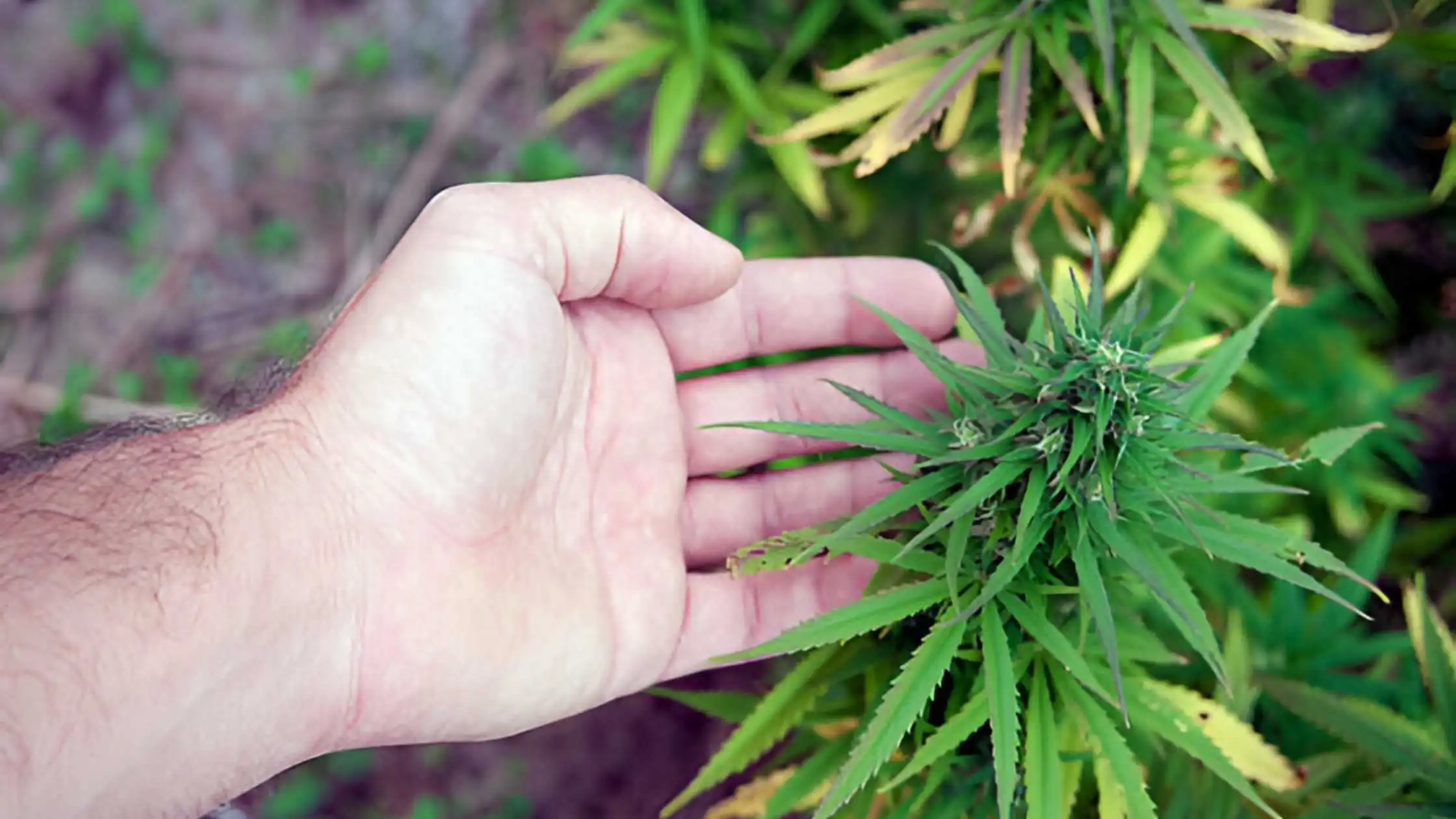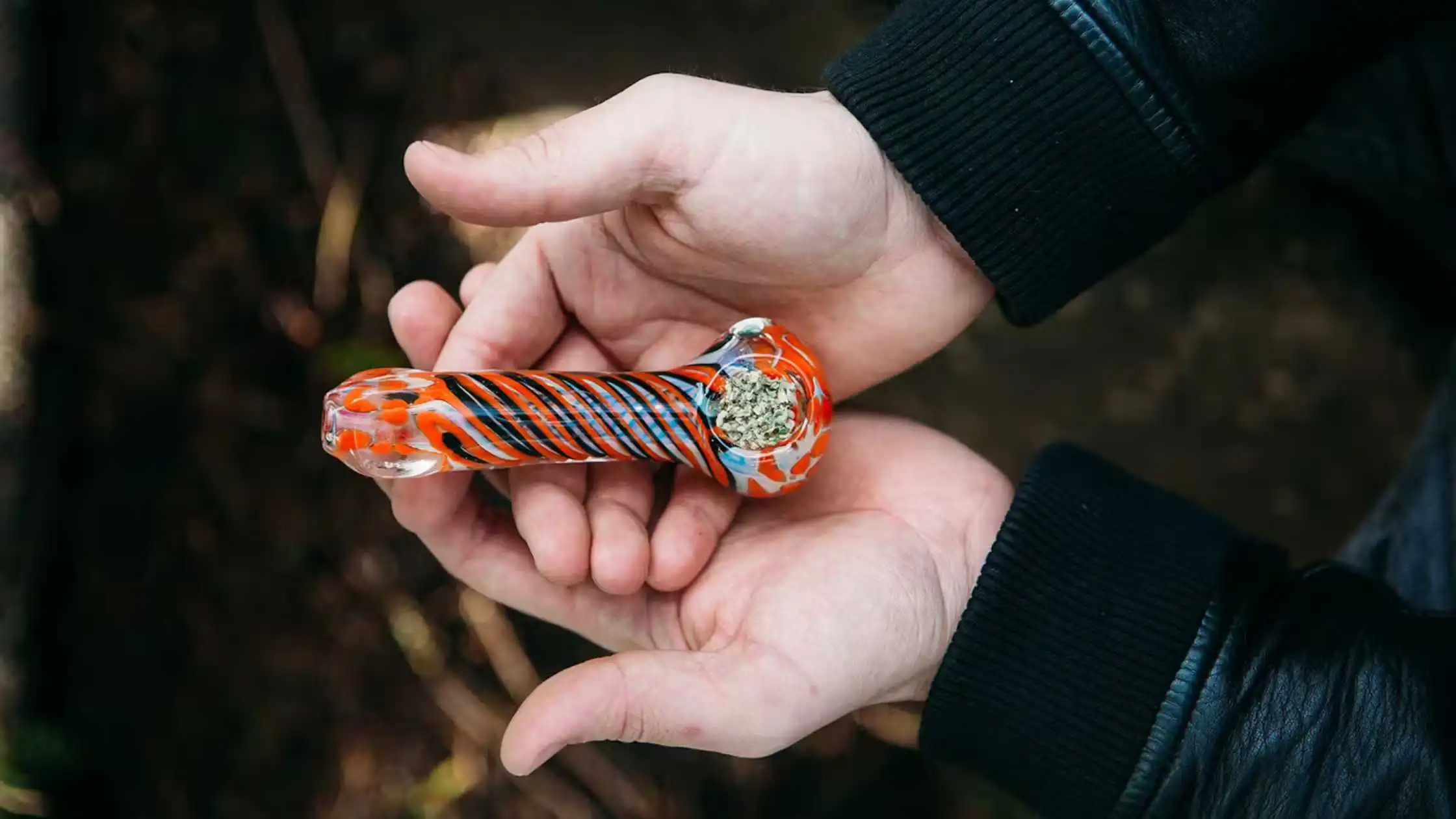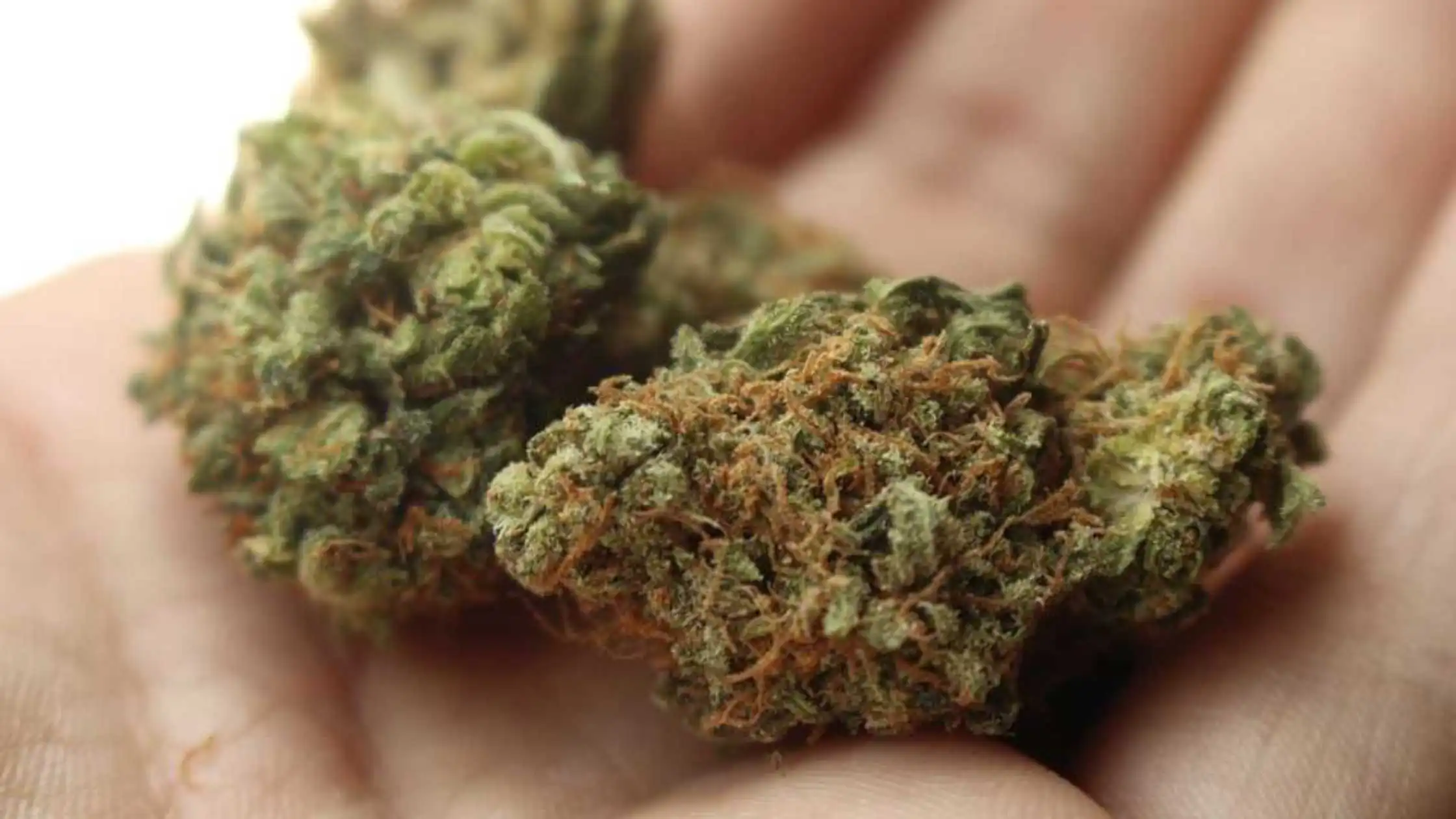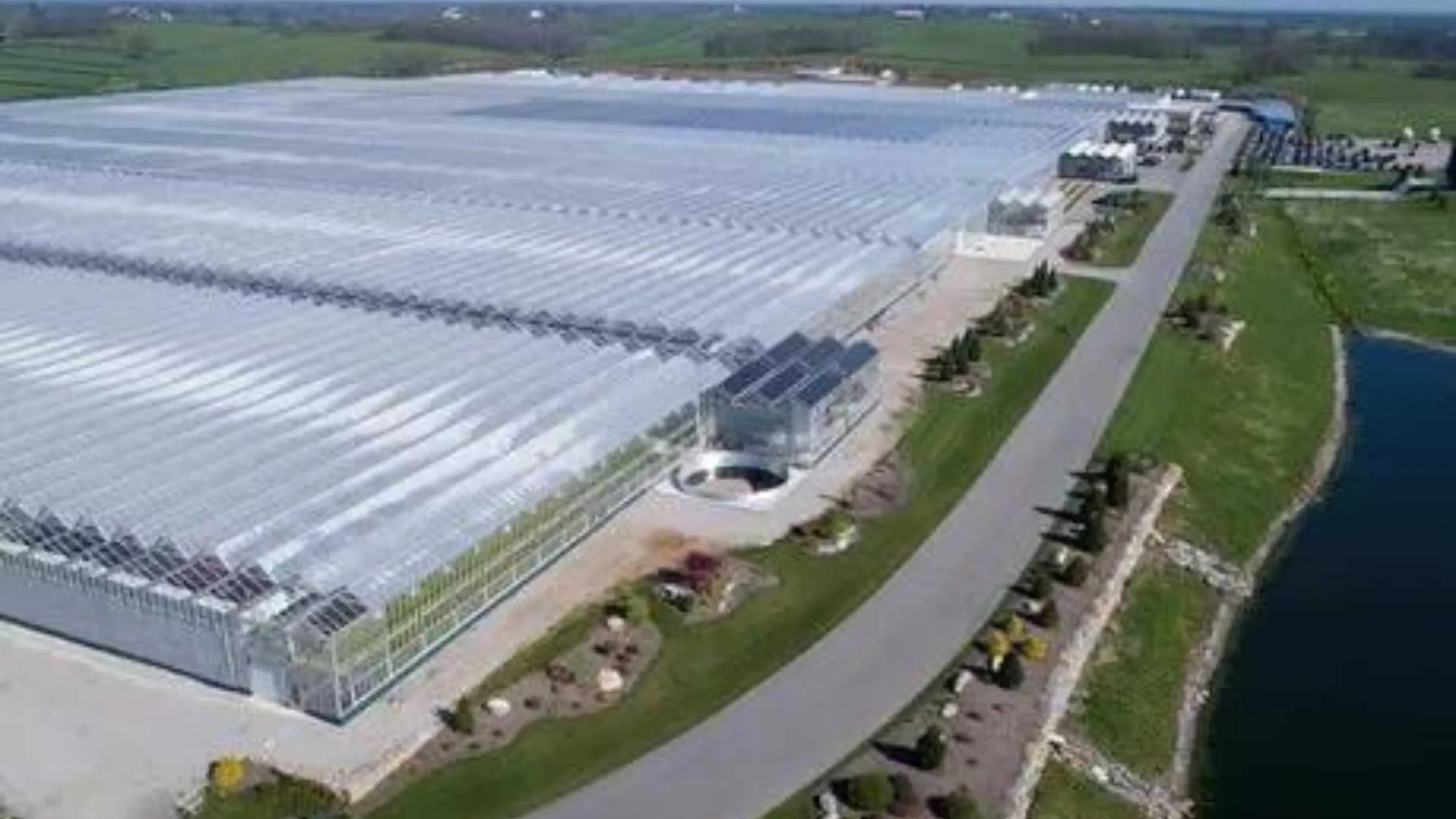What are Cannabinoids?
Cannabinoids are naturally occurring compounds found in the Cannabis sativa plant. Of the over 480 different compounds present in the plant, only around 66 are termed cannabinoids. The most well-known among these compounds is the delta-9-tetrahydrocannabinol (Δ9-THC), which is the main psychoactive ingredient in cannabis. Cannabidiol (CBD) is another important component, making up about 40% of the plant resin extract.
Classes of cannabinoids
The cannabinoids are separated into the following subclasses:
- Cannabigerol (CBG)
- Cannabichromenes (CBC)
- Cannabidiol (CBD)
- Tetrahydrocannabinol (THC)
- Cannabinol (CBN)
- Cannabidiol (CBDL)
- Other cannabinoids, including cannabicyclol (CBL), cannabielsoin (CBE), and cannabidiol (CBT)
Effects of Cannabinoids
The cannabinoids are separated into the following subclasses:
- Cannabigerol (CBG)
- Cannabichromene (CBC)
- Cannabidiol (CBD)
- Tetrahydrocannabinol (THC)
- Cannabinol (CBN)
- Cannabidiol (CBDL)
- Other cannabinoids, including cannabicyclol (CBL), cannabielsoin (CBE), and cannabidiol (CBT)
Differences between Cannabinoids
The primary way in which cannabinoids are differentiated is based on their degree of psychoactive. For example, CBG, CBC, and CBD are not known to be psychoactive agents, whereas THC, CBN, and CBDL, along with some other cannabinoids, are known to have varying degrees of psychoactive.
The most abundant of the cannabinoids is CBD, which is thought to have anti-anxiety effects, possibly counteracting the psychoactive effects of THC. When THC is exposed to the air, it becomes oxidized and forms CBN, which also interacts with THC to lessen its impact. This is why cannabis that has been left unused will have less potent effects when smoked due to the increased CBN to THC ratio.
Disclaimer: This article is originally published on https://www.news-medical.net/health/What-are-Cannabinoids.aspx





